Expert Guide To Siding For Noise Reduction
In our current world where vehicles are ever-present, we’re able to much more conveniently get to where we want, and quicker at that.
Unfortunately, noise pollution is an inevitable byproduct of this convenience.
Even taking vehicles out of the equation though, there are still other noise sources. These include construction work, road works, and your neighbors blasting music or even just having a lively gathering.
Either way, noise can come from many sources, and everyone wants a quiet oasis in their own home.
In today’s world where noise pollution is inevitable, noise-resistant siding is a must, especially if you’re staying near a road.
So if you’re wondering which siding materials to use and how to install them to block out noise, jump right in!
What Makes Siding Able To Keep Out Sound?
While you might be surprised to hear this, the siding material isn’t the most important factor in keeping sound out.
Instead, factors like sealing and layering play a much larger role in insulating your home against sound.
By knowing the factors that keep sound out, you’ll be better able to liaise with your contractor and perhaps even perform the installation yourself.
Density & Mass
The denser a material is, the more sound it blocks out, simply because sound has to travel more material to reach your home.
Assuming you have two materials of equal thickness, the denser material would block out more sound.
However, it isn’t always that simple, as you have to consider the thickness to determine the overall mass.
A thicker material with more volume and lower density can have more mass than a denser but thinner material, and thus block out sound better.
So it isn’t always the case that a denser material will block out more sound, but it tends to be safer to opt for denser materials, because if you opt for a less dense material instead, you’ll end up having to use a thicker layer to block out the same amount of sound.
Tight Construction & Sealing
No matter how good your siding is at keeping out sound, if there are gaps, sound will pass through those gaps and still reach your home.
As such, during the construction and assembly of the wall, not just the siding, but for each of the layers, the sheathing, the insulation layer, and so on, care needs to be taken to ensure there are no gaps.
This means each piece needs to be aligned properly and at points where the layers meet the wall or doors and windows, they need to be installed tightly.
There will inevitably be some gaps of course, usually at the seams and at the areas where the layers meet the wall or doors and windows.
That’s where sealing comes in.
Wherever there are gaps, you need to use the appropriate sealant to seal them up.
If they're not sealed up, not only will more sound get through, but your home’s energy efficiency will also decrease, and moisture will also get through, causing issues like mold, mildew, and moisture damage.
Layering
Lastly, note that your siding isn’t the only thing blocking out sound from your home.
Many homes, especially modern ones, incorporate multiple layers, usually starting with the siding on the outside, then a weather-resistant barrier below, then sheathing, and finally an insulating layer for energy efficiency.
Each of these layers has its own purpose such as keeping moisture out, serving as a base for additional layers, and insulating your home to enhance energy efficiency.
While each of their purposes isn’t to insulate against sound, each additional layer is more material that sound has to travel through, which means less sound reaches your home.
So your siding isn’t a lone warrior fighting to keep out sound on its own. It has other layers to help, even if their main purpose isn’t to block sound out.
Noise-Reducing Siding Materials
Now that you know what makes siding able to reduce noise, let’s go over the best materials that are dense and will best help you block out noise.
Brick And Stone Veneers
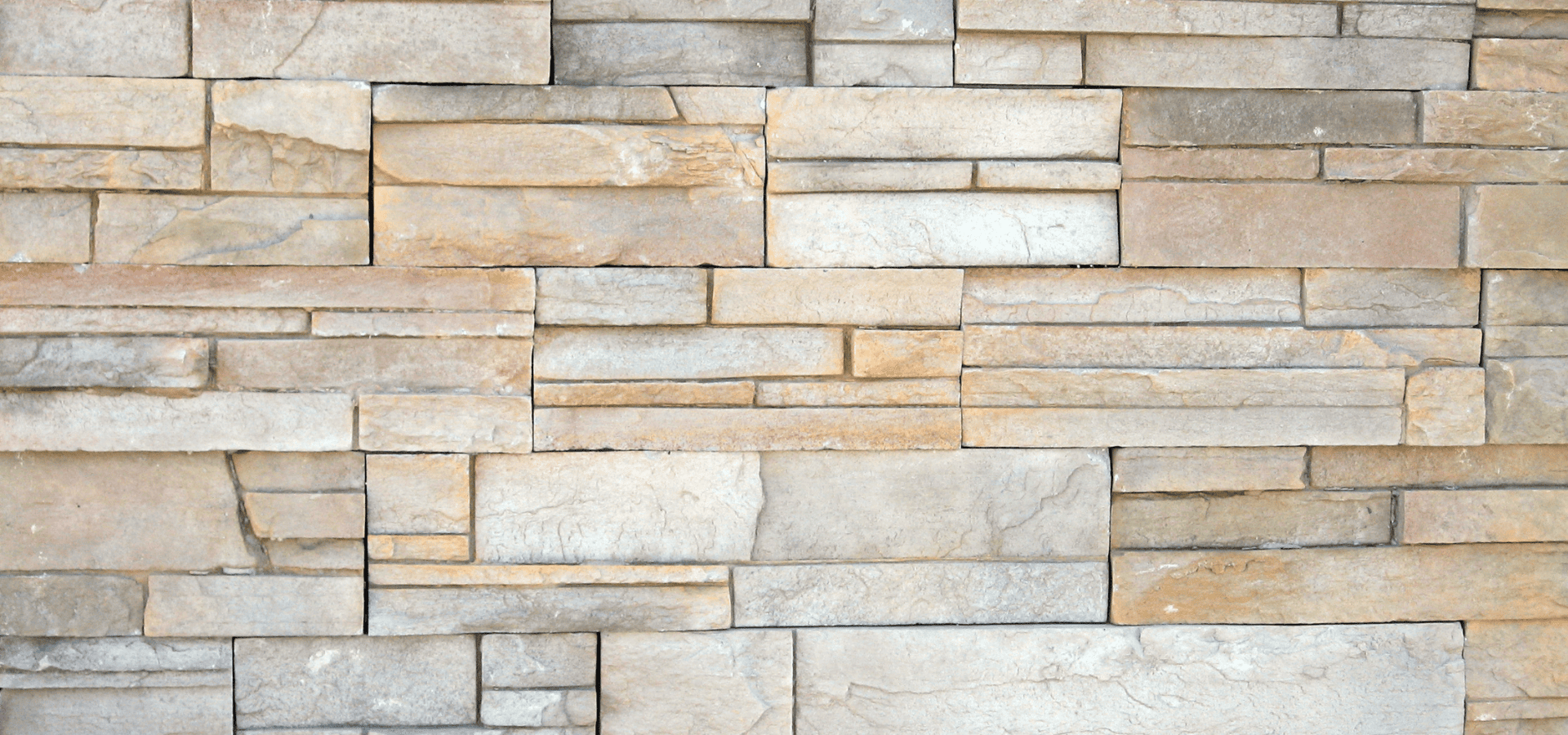
Brick and stone veneer are the two densest siding materials, which means they're the best at noise reduction.
In addition, both brick and stone veneers have very long lifespans and are among the toughest siding materials, making them able to stand up to harsh weather elements.
They also require very little maintenance.
The catch is that since they outperform other siding materials, they're also more expensive.
The installation itself is also going to cost more than other materials because brick veneer is heavy and stone veneer installation is quite complex.
You get what you pay for though. Brick and stone veneer will save you money in the long run by not having to spend additional money on replacement and repairs as often as other materials.
As such, if you're able to afford it and you like the timeless classic aesthetics, brick and stone veneer will be worth every penny.
Fiber Cement
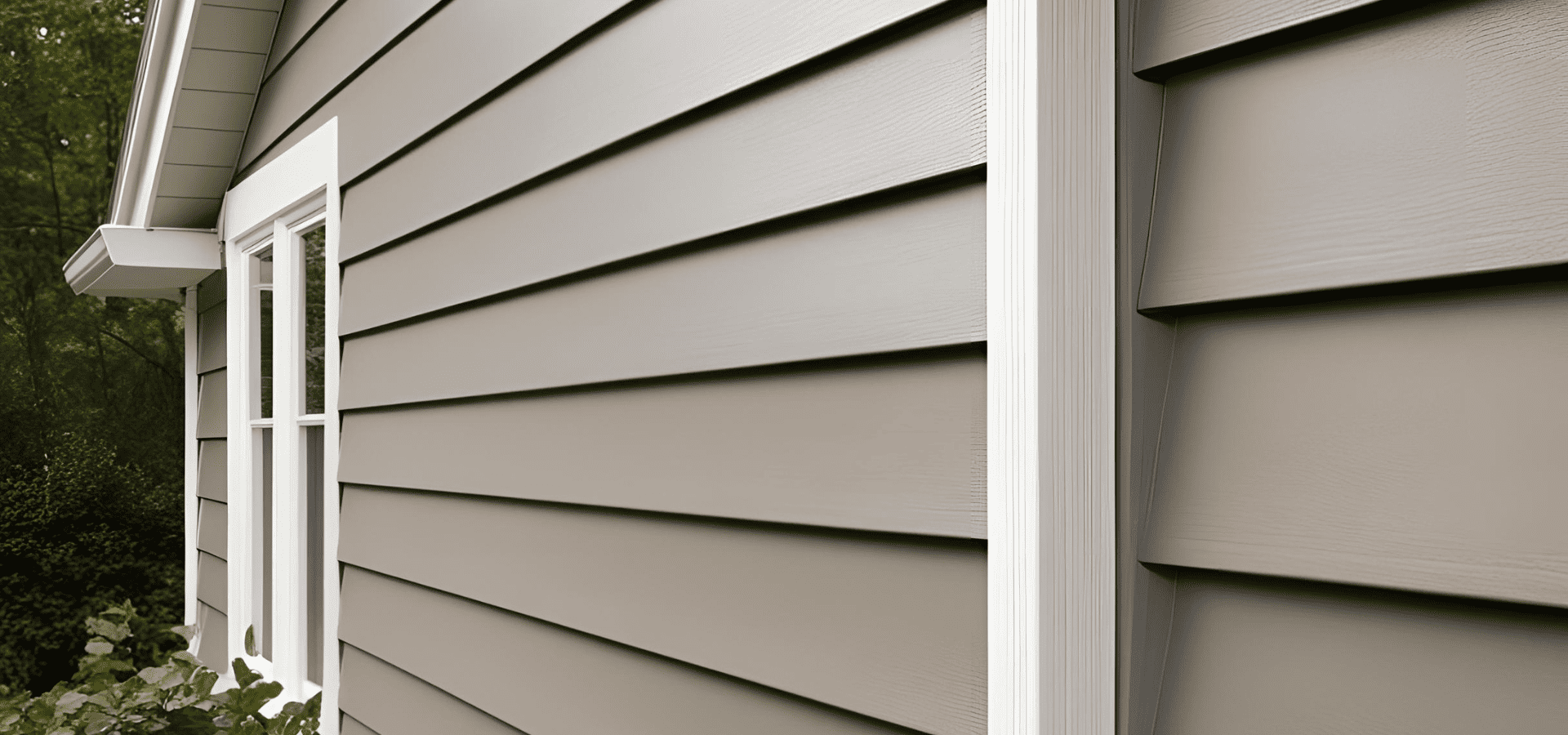
Fiber cement is a blend of cement, sand, and cellulose fibers.
The result is a very robust and long-lasting material with high density.
This high density makes it able to reduce sound relatively well compared to many other siding materials.
The good news is, on top of being tough and having a long lifespan, fiber cement is also quite affordable, usually in the low to mid-range.
Of course, for the price, you can't expect it to match the longevity of brick and stone veneers.
Fiber cement lasts on average about 30-50% shorter than brick and stone veneer. This is still quite long though, considering that brick and stone veneer are the longest-lasting materials on the market.
Even with a 30-50% shorter lifespan, you can expect your fiber cement to last you anywhere from 30-50 years, which is about the same or slightly better than most other siding materials.
Considering how durable and low-maintenance it is and the fact that it's relatively affordable, fiber cement is a great option that strikes a balance between affordability and quality.
Stucco
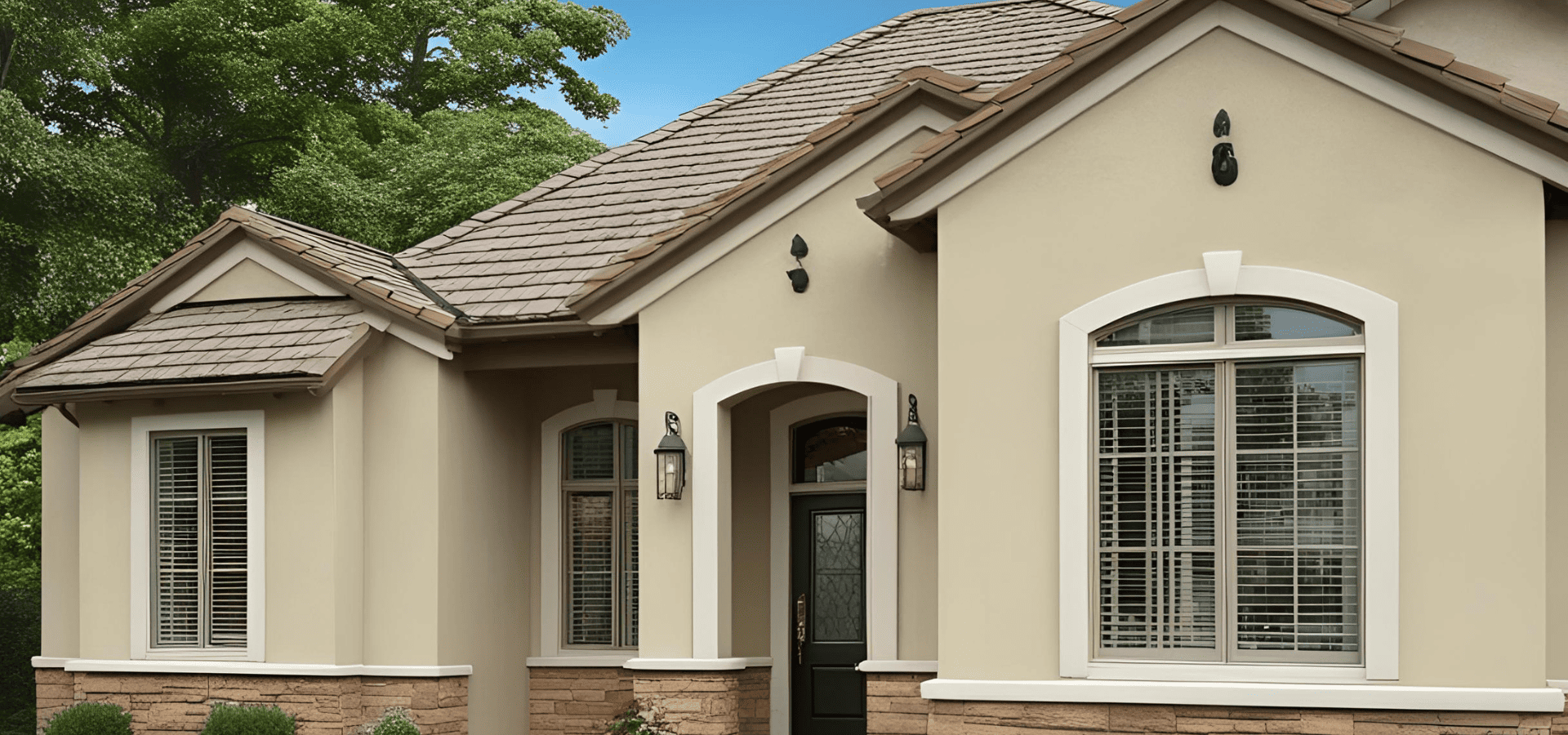
Finally, stucco is the densest material after brick and stone veneer, which means it’s your next best bet for reducing noise.
In terms of practicality, stucco is right up there as one of the best siding choices. It’s sturdy, super long-lasting, and quite versatile aesthetically. It can even mimic brick.
For its cons, the main issue is that it’s more prone to cracks.
If your area often has wild temperature swings that cause your siding to expand and contract, stucco will likely crack when exposed to that or if there’s frequent seismic activity in your area.
Stucco is also porous, so it absorbs water quite readily. In climates that are too humid or wet, it’ll be in close contact with water for long periods of time. This makes it quite prone to issues like moisture damage and mold and mildew.
However, as long as you apply a layer of water-repellent coating over it and reseal it every few years, your stucco siding won’t have any moisture issues.
So stucco is a very sturdy and long-lasting material that is great for use in most regions unless your region has substantial seismic activity.
Its lifespan is about 20-30% shorter than brick and stone veneer, but price-wise, it’s also about 30-40% cheaper.
So if you’re looking for a higher-quality option than fiber cement but don’t want to pay too much for brick and stone veneer, stucco is a great middle ground that’s a little on the higher end, but also of higher quality.
Additional Noise Reduction Strategies
In tandem with choosing noise-reducing siding, here are some other strategies you can employ to further deal with noise.
Add More Layers
Adding more layers doesn’t just apply to siding. Don’t forget that your siding is only one part of your home and its main purpose isn’t to shut out noise.
Instead, having more layers to work together to keep more sound out is necessary if you’re really serious about blocking out noise.
These layers shouldn’t be there just for reducing noise, but should have their own purposes, and you should be treating them as just additional layers that sound has to pass through.
These can be extra layers of drywall, dual or even triple-pane windows, and even laminating your glass. Each of these has benefits like better energy efficiency, fire resistance, increased security and safety, and so on.
Landscaping To Keep Noise Out
Besides keeping noise that reaches your siding from reaching your home, another way to reduce noise from reaching your home is to reduce the noise before it even reaches your siding.
This can be done through strategic landscaping. Think tall trees, fences, and so on. These form a barrier that will not only less noise to pass through, but also enhance privacy.
White Noise
Instead of reducing the noise, you can also drown it out, at least partially, with white noise.
These can come from fans, air purifiers, aquariums, and water features both indoors and outdoors.
You can even use devices like white noise machines or just regular devices like your phone or TV to play white noise.
Conclusion
All in all, to effectively minimize noise in your home, siding material plays a part. But more importantly, proper installation techniques and combining other strategies with your siding will give you the best results.
So don’t be too focused on your siding material. Just follow the materials we listed, or don’t. It won’t make a world of difference.
What’s more important is really the non-siding factors. Getting the siding material down is only one part of noise reduction and not even a very important part.
Make sure to adopt a holistic strategy to get the best results.
And if you’re not confident that you can properly install your siding, especially for more complicated installations like stone veneer and stucco, it’s best to have a professional like
Dallas Siding Pros perform the installation.
You might also like

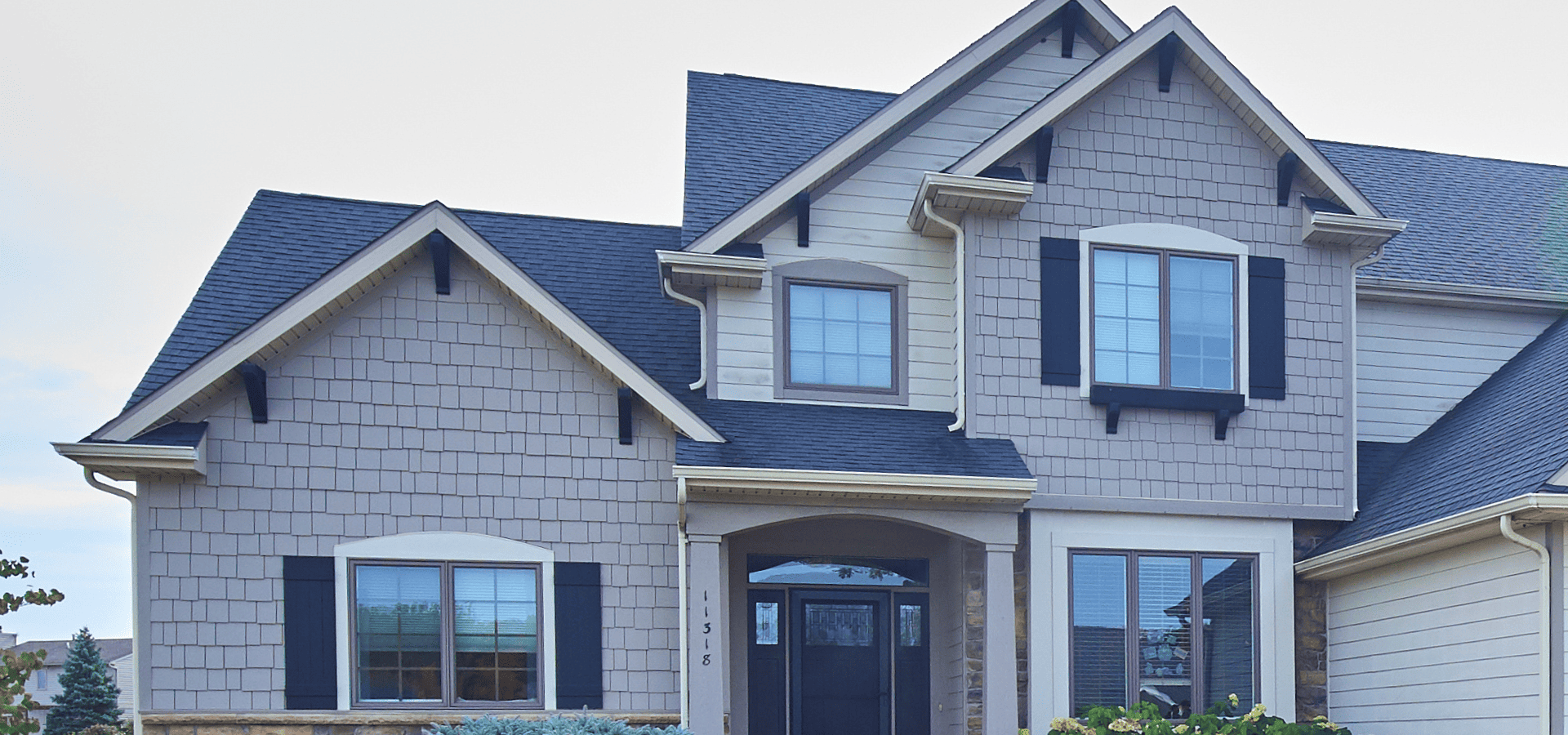
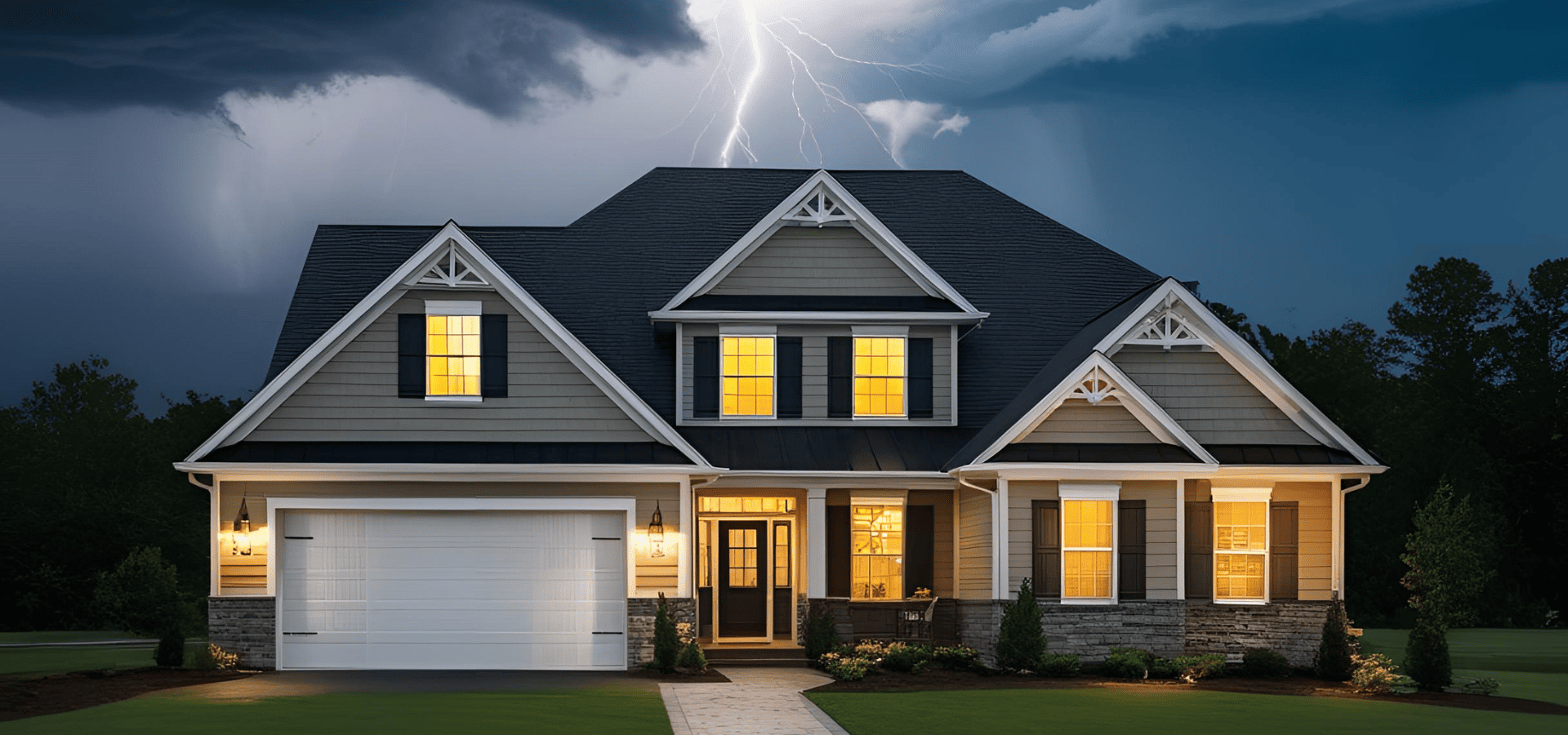
SPEAK TO A TEAM MEMBER TODAY
Our Service Area
Dallas
Forth Worth
Arlington
Richardson
Plano
Irving
Garland
Rowlett
McKinney
Mesquite
Allen
DeSoto
